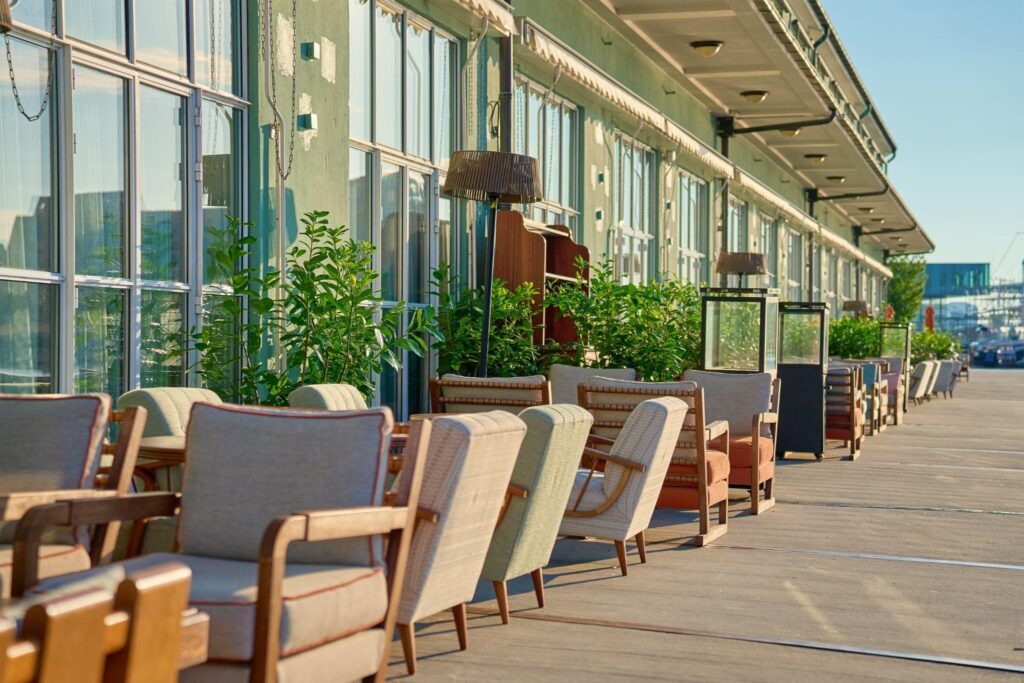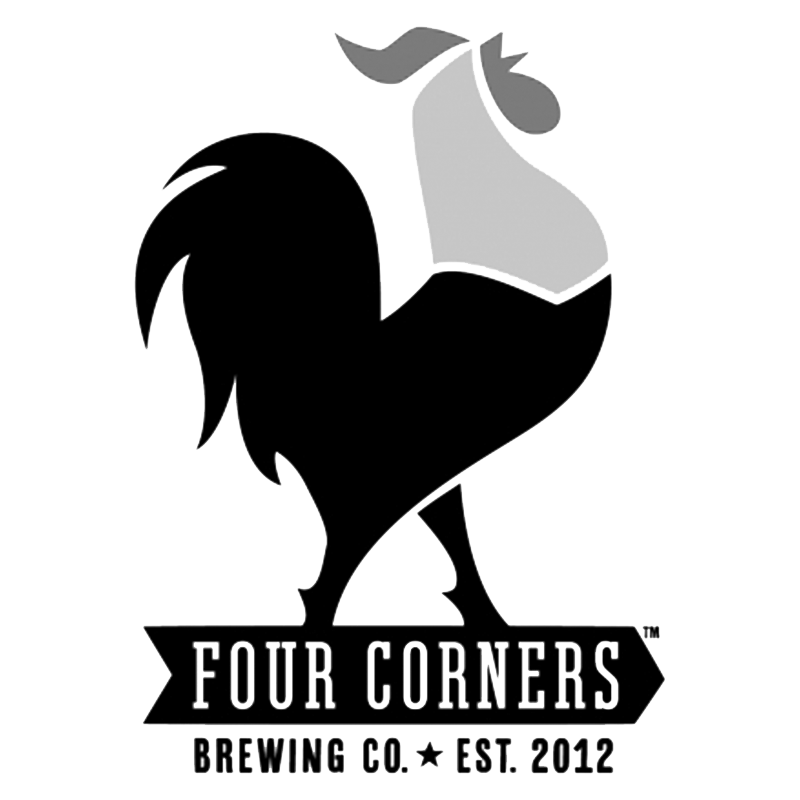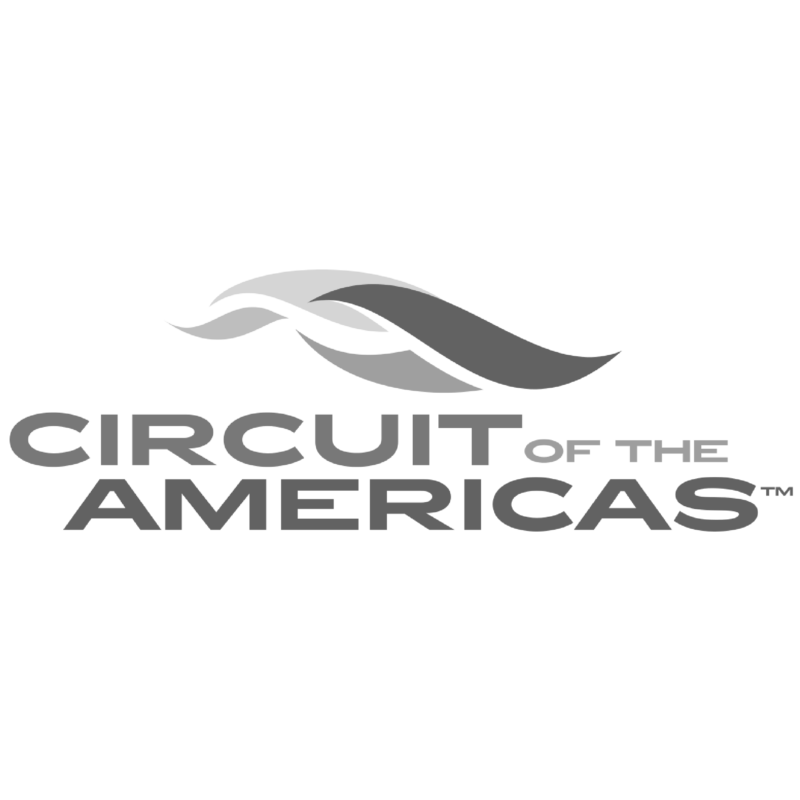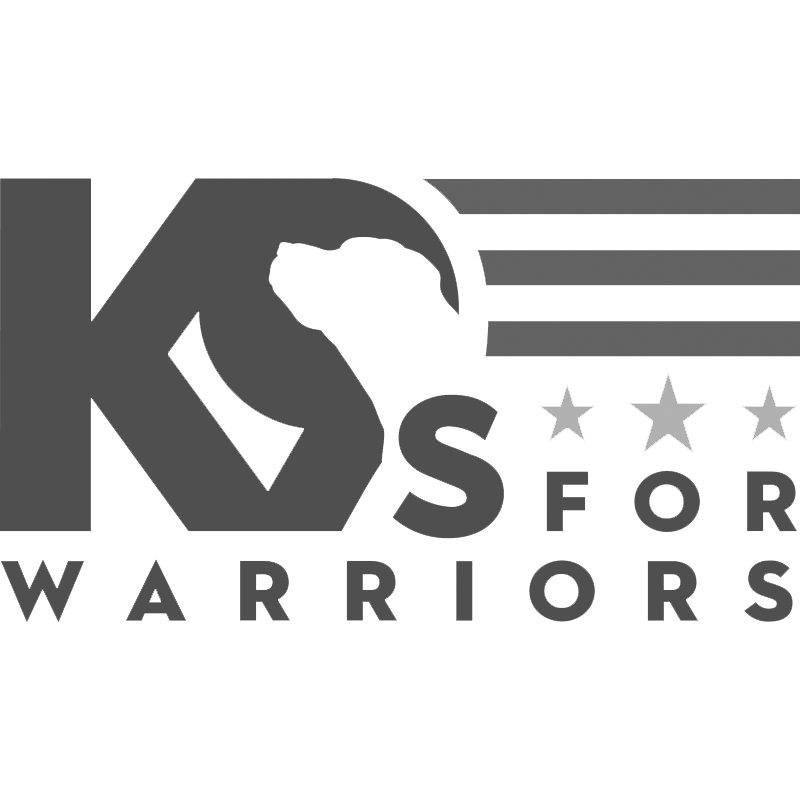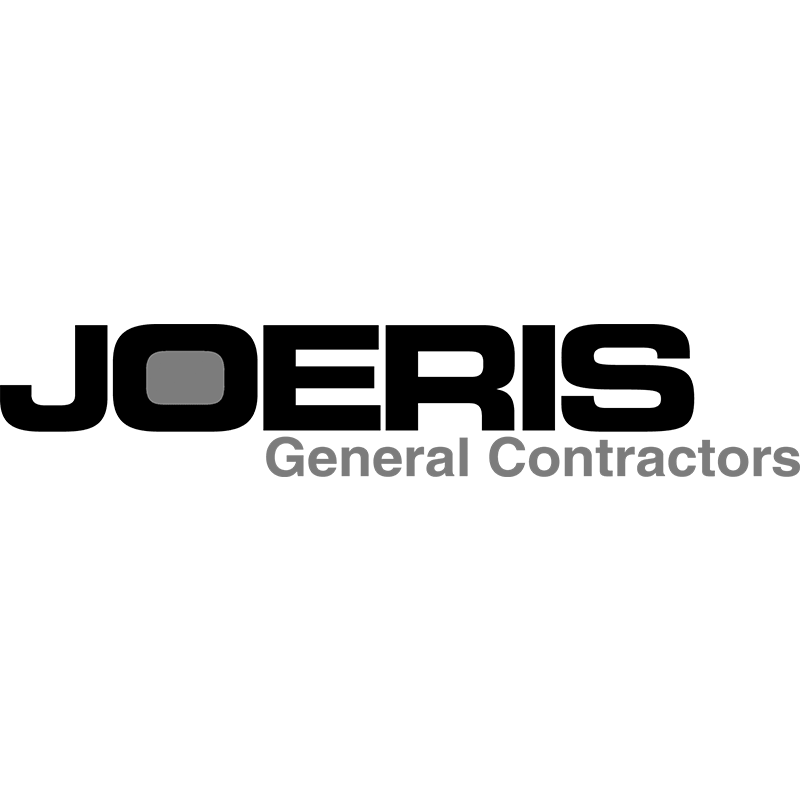Sun Shade for Patio Dining: A Restaurant Owner’s Quick Guide
When heat and UV glare hit at lunch or early dinner, patio seats go empty. Uneven shade makes some tables too hot, servers reroute around sun patches, and peak-hour covers slip.
This quick guide shows how to choose the right sun shade for patio dining. The result? Guests stay comfortable, and you keep more seats in play, longer.
In a few minutes, you’ll see which option fits your space, budget, and brand, with the plain next steps you can use today.
Sun Shade For Patio Ideas
Think of outdoor shade systems as any structure that blocks harsh sun while keeping airflow and sightlines clear.
Here are some sun shade for patio ideas:
- market umbrellas
- retractable awnings
- shade sails
- pergola canopies (fixed or retractable)
- and cantilever or steel canopies
Each solves a different problem. The best pick depends on your patio layout and local weather.
Which Patio Shade Fits Your Restaurant?
You have several solid options for patio shade. Each is built for different spaces, styles, and wind needs. Here they are, with quick pros, care, and lifespan so that you can compare fast.
Umbrellas
- Best for: Small patios and flexible layouts where tables move often.
- Coverage: Spot coverage per table; easy to shift with seating plans.
- Durability: Good for light commercial use; quality frames matter.
- Wind/Weather: Lower wind tolerance; secure bases and store in storms.
- Maintenance: Simple—inspect poles, ribs, and canopy; tighten bases.
- Approx. lifespan: 3–5+ years, depending on fabric quality and care.
Retractable Awnings
- Best for: Wall-adjacent seating that needs shade on demand.
- Coverage: Clean, linear bands along the building face.
- Durability: Solid; motorized units add convenience and consistency.
- Wind/Weather: Retract in high winds or heavy rain; add wind sensors if possible.
- Maintenance: Rinse fabric; check arms, brackets, and motor.
- Approx. Lifespan: 7–10+ years with routine care.
Shade Sails
- Best for: Medium to large zones with a modern look and great airflow.
- Coverage: Wide spans with fewer posts; can combine panels for shape and reach.
- Durability: Very good when properly designed and tensioned.
- Wind/Weather: Strong sun control; choose engineered designs for site wind.
- Maintenance: Monitor tension and hardware; rinse fabric to remove dust/pollen.
- Approx. Lifespan: 10+ years with commercial-grade fabric and fittings.
Pergola Canopies (Fixed or Retractable)
- Best for: Patios that need both structure and style.
- Coverage: Framed zones that define dining areas and walk paths.
- Durability: Excellent with quality framing and fittings.
- Wind/Weather: Handles typical conditions; integrates heaters and lights well.
- Maintenance: Clean canopy and tracks; check fasteners seasonally.
- Approx. lifespan: 10–15+ years with periodic tune-ups.
Cantilever/Steel Canopies
- Best for: Large footprints and high-traffic layouts needing fewer posts near aisles.
- Coverage: Broad, unobstructed shade—great for server flow and sightlines.
- Durability: Excellent; built for heavy daily use.
- Wind/Weather: Engineered for wind; reliable on tough sites.
- Maintenance: Low routine care; inspect anchors and finish.
- Approx. lifespan: 15–20+ years.
If you need maximum coverage with minimal posts, start with cantilever or multi-sail designs. If you need an on-demand shade right by the building, look at retractable awnings.
How to Choose: A Simple Patio Shade Playbook
Start with when and where the sun hurts service most, then pick shade that solves those moments. Keep choices tied to comfort, flow, and uptime.
- Climate & Wind Exposure: Coastal or high-wind corridor? Favor engineered steel canopies or tensioned sails. Inland with occasional storms? Retractable plus wind sensors or removable umbrellas can work.
- Space & Layout: Tight walkways or server lanes? Cantilever designs pull posts away from aisles. If wall space is free, a retractable awning covers the first row of tables without adding posts.
- Budget vs. Lifecycle: Umbrellas and basic retractables cost less up front. Permanent structures spread value over a longer service life and less downtime. Consider both the purchase price and the cost of moving/removing gear during storms.
- Brand & Design Fit: Modern vibe? Sails. Classic or premium feel? Pergola canopy or steel canopy with clean lines. Match colors to the brand and consider glare control (valances, angles) for guest comfort and photos.
- Codes & Permits: Permanent posts/footings and attached structures can trigger permits. Ask your installer to handle drawings, wind ratings, and coordination with local code.
Shade Maintenance 101: Easy Care, Longer Life
A little shade maintenance goes a long way. Here are basic upkeep tips for a longer sun shade lifespan:
- Weekly: Wipe tables/rails, quick look at fasteners and tension (no sag).
- Monthly: Rinse fabric; check stitching, anchors, and arm joints on retractables.
- Seasonal: Deep clean; re-tension sails; lubricate moving parts; confirm footing hardware is tight and corrosion-free.
- Use rules: Retract or secure during high winds; store loose umbrellas overnight or in storms to protect guests and gear.
Comfort That Pays Off: Keep Seats Open During Peak Sun
The CDC notes that UV exposure is strongest from 10 a.m. to 4 p.m., so adding shade during those hours protects guests and keeps more midday seats usable.
Shade also creates safer, cooler break areas for staff, which helps in heat-illness prevention via shade and rest.
These aren’t sales claims. They’re practical, evidence-based steps that help you keep more of your patio open, more of the day.
Make the Sun Work for Your Patio
The right sun shade for patio dining looks good, feels cool, and stays practical during your busiest hours.
Start with your climate and layout, decide how permanent you want the solution to be, and weigh upfront cost against lifespan and downtime.
If you’d like a second set of eyes on your plan, contact us, and a ShadePro specialist can talk through options and timing.
Want help mapping shade to your patio layout? Browse commercial options and see what fits, or contact us for quick, no-pressure guidance. For inspiration, explore ShadePro’s commercial shade structures.
Frequently Asked Questions
How much wind should a restaurant patio shade handle?
For commercial patios, look for engineered ratings suited to your area and exposure. Tensioned sails and steel canopies often provide higher wind resistance than umbrellas or basic retractables. Your installer should size posts, footings, and hardware to your site.
Will a retractable awning cover my whole patio?
Retractable are great for the first row or two of tables along a wall. For deeper patios, combine an awning by the building with sails or a pergola canopy to cover central tables without crowding walkways.
Do lighter shade colors really help with heat?
Yes. Lighter fabrics reflect more sunlight and can reduce heat buildup under the canopy. They also keep the space brighter for photos and visibility. Dark accents still work well for branding on posts, trims, or valances.
How often should I budget for fabric replacement?
Commercial-grade fabrics can last many seasons with care. Plan for inspections each season and expect longer life from tensioned sails, pergola canopies, and steel canopies than from umbrellas in high-use restaurants.
Can I add lighting and heaters to a shade structure later?
Yes, especially with pergolas, cantilever canopies, and steel structures. Ask your installer to plan wiring, load, and mounting points upfront so add-ons are clean and code-compliant later.

